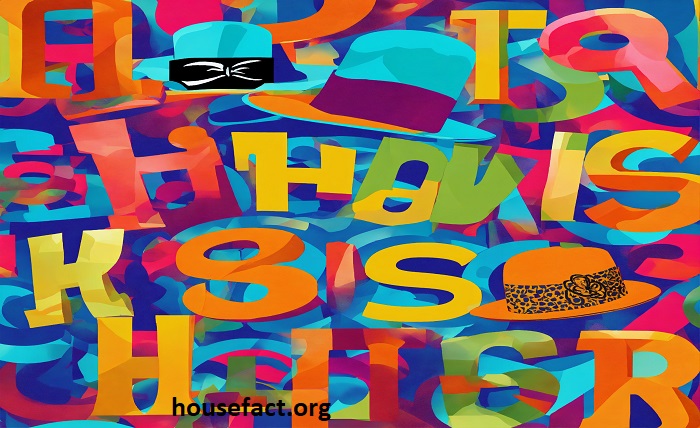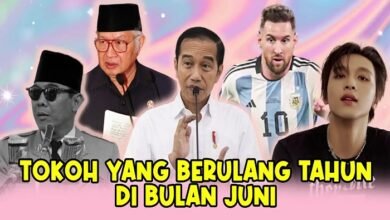Mastering the Art of Gratitude in German

There’s something inherently charming about expressing gratitude in another language. While “thank you” might seem universal, its nuances, depth, and cultural context vary greatly. In German, the art of thanking goes beyond a simple “Danke.” It’s a tapestry woven with formality, occasion, and a touch of heartfelt sincerity. So, pack your cultural backpack and join us on a journey through the delightful world of German thank yous!
Danke and Beyond: The Toolbox of Gratitude
Our trusty companion on this journey is “Danke,” the most common and versatile way to express thanks. But just like a trusty Swiss Army knife, “Danke” comes with multiple layers:
- Danke: The classic “thank you,” appropriate for most everyday situations.
- Danke schön: Slightly more formal, adding “schön” (beautiful) for a touch of elegance.
- Vielen Dank: Expresses deeper gratitude, literally translating to “many thanks.”
- Besten Dank: The most formal variant, reserved for special occasions or significant favors.
Nuances of Context: Choosing the Right Shade of Danke
Knowing the right “Danke” is only half the battle. Understanding context is key to avoiding faux pas and truly connecting with your German counterparts:
Formality: For acquaintances or strangers, stick to “Danke” or “Danke schön.” With superiors or elders, opt for “Vielen Dank” or “Besten Dank.”
Situation: A casual “Danke” suffices for small gestures. For larger favors or significant help, express your deeper appreciation with “Vielen Dank” or “Besten Dank.”
Non-verbal cues: A friendly smile, eye contact, and a slight bow can greatly enhance your verbal gratitude.
Beyond the Standard: Exploring the Colorful Palette of Thank Yous
Herzlichen Dank: A heartfelt thank you, literally meaning “warm thanks.”
Vielen lieben Dank: A warm and affectionate thank you, translating to “many dear thanks.”
Ich danke Ihnen/dir: More formal variations, using “Ihnen” for superiors and “dir” for close friends.
Sie sind/Du bist sehr nett: Expresses appreciation indirectly, saying “You are very kind.”
Cultural Insights: Gratitude Landscape
Flowers and Gifts: In some contexts, a small token of appreciation, like flowers or a box of chocolates, can accompany your verbal thanks.
Handshakes and Hugs: Handshakes are common for formal thank yous. For close friends or family, a hug might be appropriate.
Reciprocity: Be prepared to accept thank yous graciously and reciprocate whenever the opportunity arises.
Conclusion
Mastering the art of gratitude in German isn’t just about saying the right words, it’s about connecting with the cultural spirit of appreciation. From the versatile “Danke” to the heartfelt “Herzlichen Dank,” you now have the tools to express your gratitude in authentic and nuanced ways. So, go forth, spread your “Dankbarkeit” (thankfulness), and let your appreciation bloom in German soil!
FAQ
- Is “Danke schön” always appropriate?
While versatile, avoid using “Danke schön” with close friends. It can sound overly formal or insincere.
- How do I thank someone for a compliment?
“Das ist nett von Ihnen/dir” (That’s kind of you) or “Vielen Dank für das Kompliment” (Thank you for the compliment) are great options.
- Can I say “Danke vielmals”?
While grammatically correct, it’s less common and can sound slightly awkward. Opt for “Vielen Dank” instead.
- What if I can’t remember the exact phrase?
A sincere “Danke” with a smile goes a long way. Don’t hesitate to ask for help if you’re unsure about the specific context.
- How can I learn more about German gratitude?
Immerse yourself in German culture through movies, music, and social interactions. Don’t be afraid to ask native speakers for advice and practice your newfound skills!




